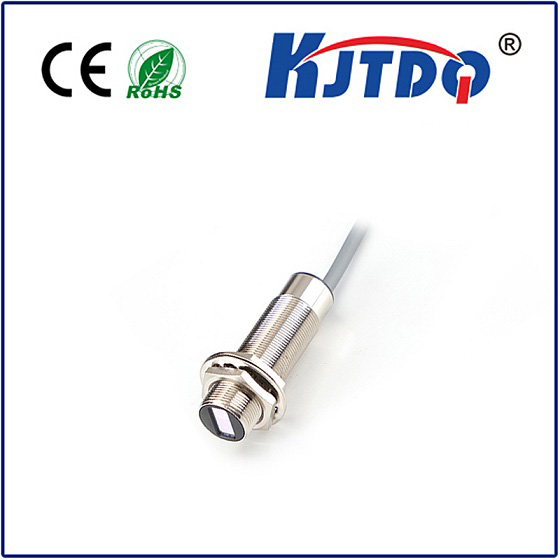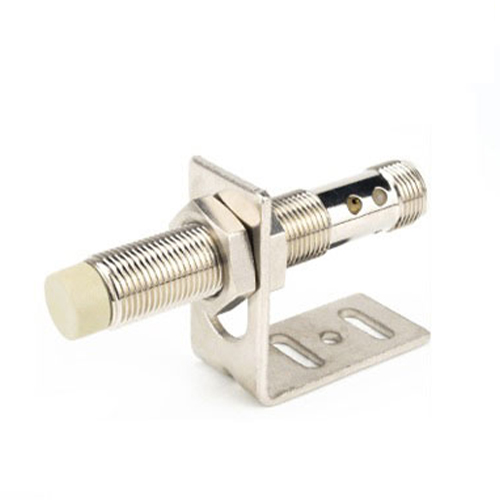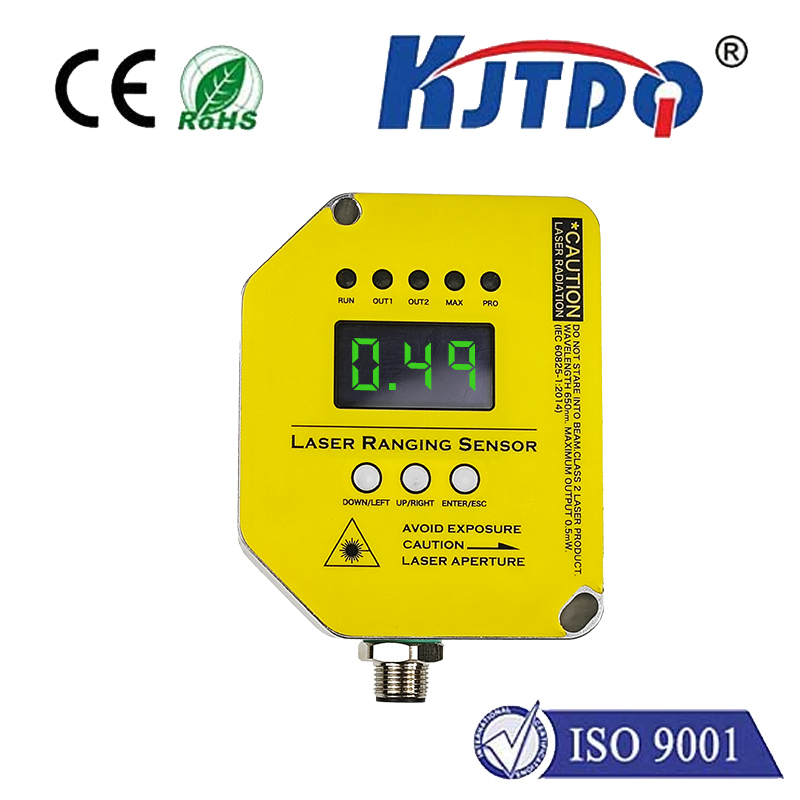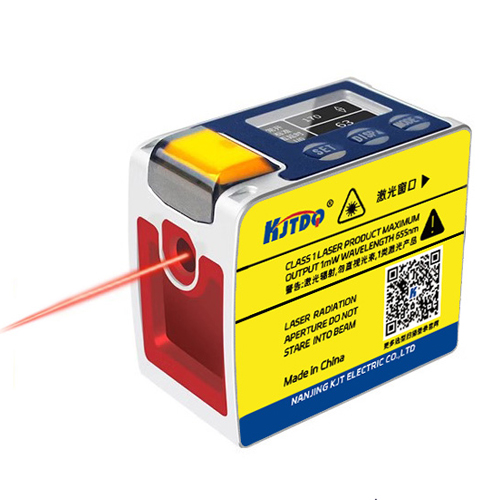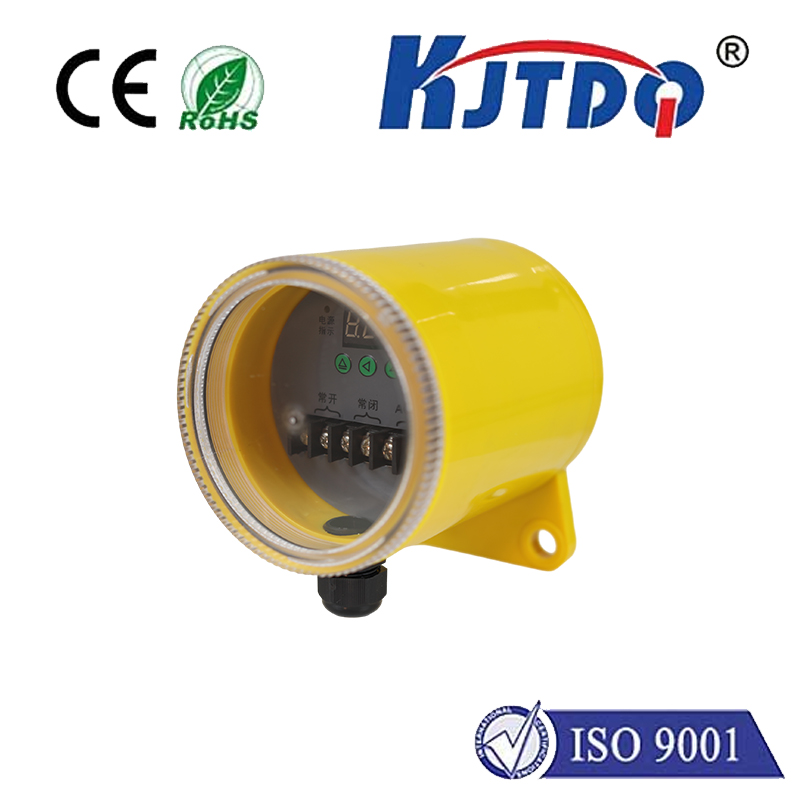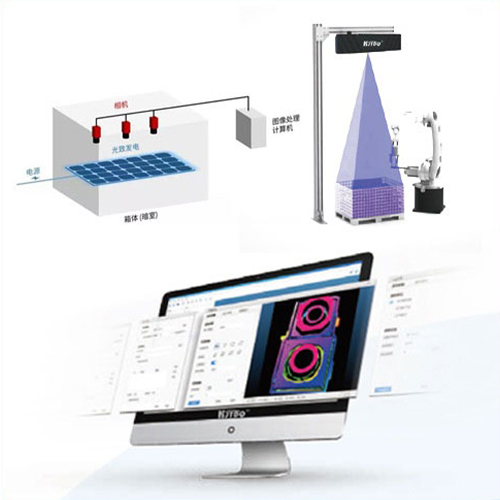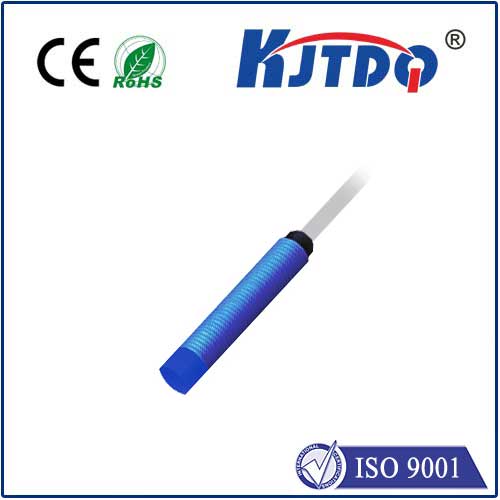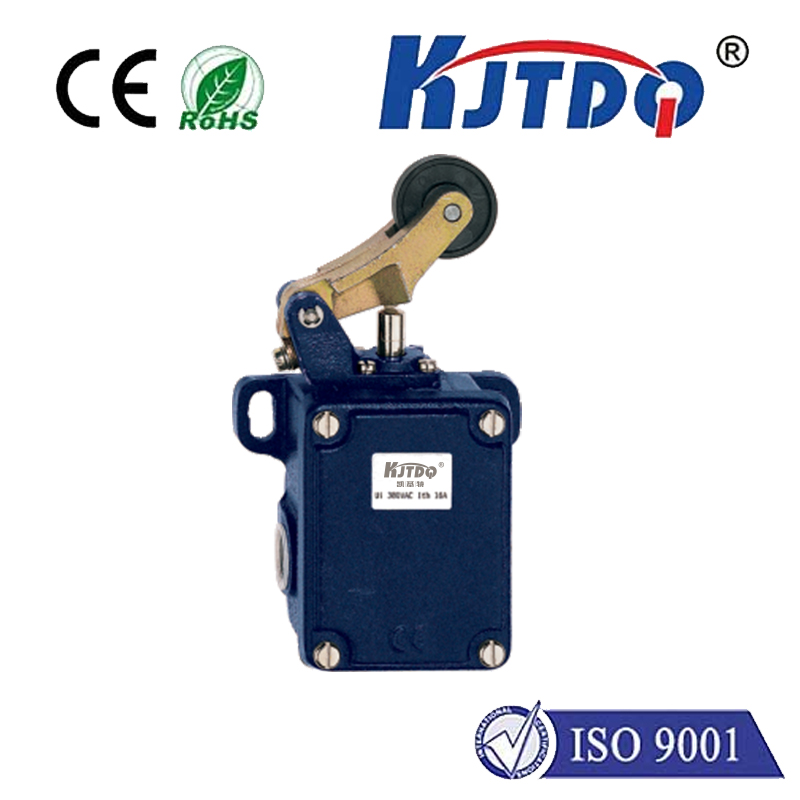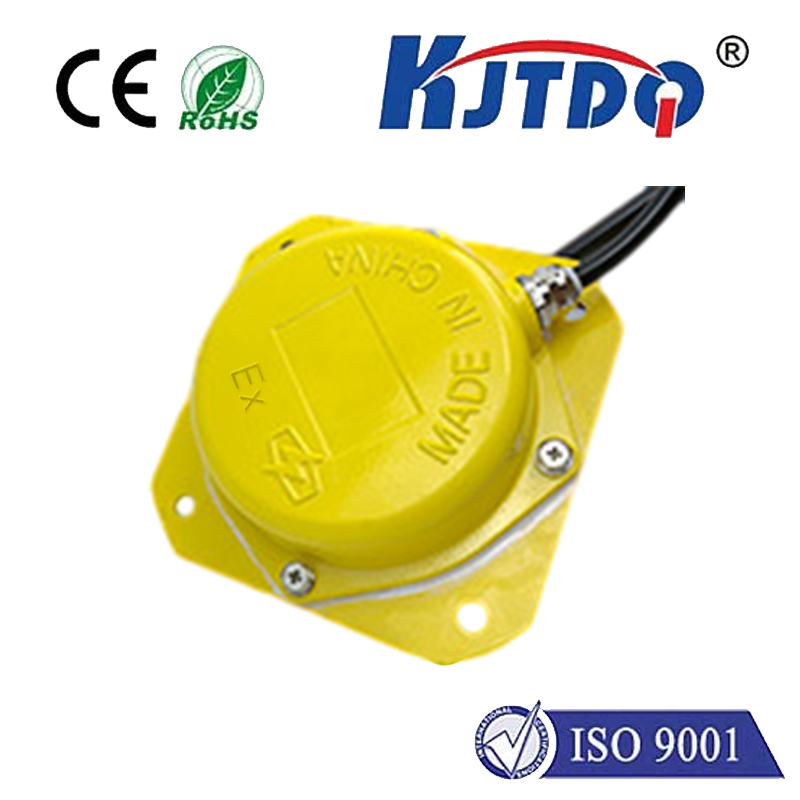ИК - датчик фотоэлектрических переключателей
- time:2025-07-25 01:31:54
- Нажмите:0
Infrared Photoelectric Switches: Enabling Smarter Automation Through Non-Contact Sensing
Imagine a production line where components move at blinding speed, or a critical safety door guarding hazardous machinery. Ensuring precise object detection without physical contact, reliably, day in and day out, is paramount. This is where the ИК - датчик фотоэлектрических переключателей shines. These compact yet powerful devices form an invisible backbone of modern automation, offering unparalleled efficiency and accuracy in countless sensing tasks. Their core promise? Detect presence, absence, or position, swiftly and non-invasively.
Understanding the Core Principle: Light as the Messenger
At its essence, an ИК - фотодатчик operates on a straightforward yet ingenious principle. It comprises two fundamental parts:
- Emitter: An infrared (IR) light-emitting diode (LED) generates a beam of invisible infrared light.
- Receiver: Typically a phototransistor or photodiode, specifically tuned to detect the wavelength emitted by the IR LED.
The sensor’s function hinges on the interaction between this emitted IR beam and the target object. The Фотоэлектрический переключатель monitors the light received (or lack thereof) and triggers an electrical output signal change accordingly. This output is the crucial signal used by controllers (like PLCs) to make decisions – stop a conveyor, count items, activate a mechanism, or ensure safety.

Key Operating Modes: Choosing the Right Tool
Infrared photoelectric sensors primarily function in three distinct modes, each suited to specific applications:
- Through-Beam (Opposed Mode):
- How it Works: The emitter and receiver are housed in separate units, positioned directly opposite each other. The emitter continuously sends an IR beam towards the receiver.
- Detection Logic: Detection occurs when the target object breaks (interrupts) the beam path between the emitter and receiver. Absence of light at the receiver triggers the output switch.
- Key Advantages: Offers the longest possible sensing ranges (often meters), provides excellent reliability even with small, opaque objects, and is generally immune to object color, reflectivity, or surface finish. Long-range & reliable detection.
- Consideration: Requires mounting two separate units and precise alignment, which can be more complex and costly than single-unit solutions.
- Retroreflective Mode:
- How it Works: Both the emitter and receiver are housed in a single unit. A special retroreflector (like a prismatic reflector or reflective tape) is mounted opposite the sensor. The emitter sends IR light towards the reflector, which efficiently bounces the beam directly back to the receiver in the same unit.
- Detection Logic: Detection occurs when the target object breaks the beam path between the sensor unit and the reflector. The receiver no longer sees the reflected beam, triggering the output switch. Simplifies alignment vs. through-beam.
- Key Advantages: Easier installation than through-beam (only one sensor unit plus a reflector target). Good sensing range (though typically less than through-beam). Reliable for opaque objects.
- Consideration: Performance can be affected by the angle, cleanliness, and type of reflector. Some highly reflective targets might be confused with the reflector unless specific polarized retroreflective sensors are used.
- Diffuse (Proximity) Mode:
- How it Works: Both the emitter and receiver are housed together in a single unit. The emitter sends out IR light. When a target object enters the sensing field, some of this light is diffusely reflected back towards the receiver unit.
- Detection Logic: Detection occurs when enough diffusely reflected IR light from the target object reaches the receiver in the sensor unit, exceeding a pre-set threshold. The presence of reflected light triggers the output. Single-unit design for object proximity.
- Key Advantages: Simplest installation – requires only the single sensor unit. Ideal for detecting objects directly in front of the sensor housing.
- Key Considerations: Sensing range is shorter than through-beam or retroreflective modes. Detection is highly dependent on object color, reflectivity, surface texture, and size. Dark, matte, or small objects reflect less light and are harder to detect reliably. Background suppression variants exist to minimize interference from background surfaces.
Why Infrared Rulers the Roost: Unlocking Industrial Advantages
The choice of infrared light isn’t arbitrary; it offers distinct benefits crucial for industrial environments:
- Invisibility: IR light is invisible to the human eye, preventing distraction or visual interference in work areas.
- Reduced Interference: Ambient visible light sources (like room lighting or sunlight) typically interfere less with dedicated IR photoelectric sensors compared to visible light sensors, ensuring more stable and reliable operation.
- Focus: IR wavelengths can be efficiently focused using lenses, enhancing beam directionality and sensing range.
- Robustness: Infrared LEDs are generally robust and have long operational lifespans.
Industrial Applications: Where Infrared Photoelectric Switches Drive Efficiency
These sensors are ubiquitous across automation:
- Object Detection on Conveyors: Counting bottles, cans, boxes; detecting presence/absence for sorting or process control. (Diffuse, Retroreflective, Through-Beam).
- Position Verification: Confirming parts are in place before machining, welding, or assembly begins. (Diffuse, Through-Beam).
- Level Control: Detecting fill levels in bins, hoppers, or tanks (often using transparent versions or specific mounting). (Retroreflective, Through-Beam).
- Edge Guiding & Web Break Detection: In printing, paper, or plastic film processes. (Through-Beam, Retroreflective).
- Safety Interlocks: Ensuring machine guarding doors or light curtains are closed before hazardous operations commence. (Through-Beam is common for safety).
- Packaging Machinery: Detecting labels, film presence, product insertion. (All modes, depending on the specific task).
- High-Speed Counting: Detecting fast-moving objects like tablets, small components. (Fast response time sensors, often Through-Beam).
Selecting the Right Sensor: Beyond Just Mode
Choosing the optimal ИК - датчик фотоэлектрических переключателей involves several factors:
- Required Sensing Range: How far away is the target? (Through-Beam > Retroreflective > Diffuse).
- Target Characteristics: Size? Material? Color? Surface Finish? (Affects beam interruption reflection).
- Mounting Constraints: Space available? Can you mount two units (Through-Beam) or only one? Can you mount a reflector?
- Environmental Conditions: Dust, fog, steam (can scatter light)? Intense ambient light? Extreme temperatures? (Look for IP ratings, high ambient light immunity ratings).
- Output Type Needed: Discrete (NPN/PNP) transistor output? Analog output? IO-Link for digital communication?
- Required Response Time: How fast must the sensor detect a change? Critical for high-speed lines.
- Power Supply: Voltage requirements (e.g., 10-30V DC

